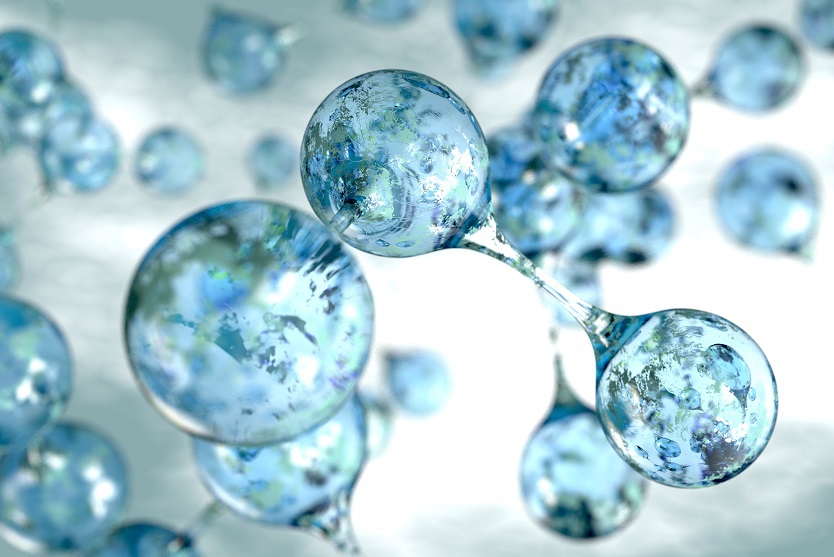
Researchers working on the NextH2 project will be looking for ways to improve the design of alkaline electrolysers to increase their performance.
© iStock/smirkdingo
Hydrogen technologies play an increasingly vital role in relieving and stabilising the power grid as Germany’s transition to renewable energy speeds up. But the problem is hydrogen electrolysis is still a comparatively expensive technology and there is still some way to go before it is truly cost-efficient.
In the NextH2 project – a joint venture between the plant engineering company Thyssenkrupp Industrial Solutions AG and the Jülich Research Centre’s Institute for Energy and Climate Research in North Rhine-Westphalia – experts will be looking for ways to improve the design of alkaline electrolysers to increase their performance.
Electrolysis is a process whereby water is split into hydrogen (called the “fuel of the future”) and oxygen with an electric current (ideally from renewable energy sources). The team will be focusing on the smallest unit of the electrolyser – the cell itself, which consists of electrodes, the electrolyte and a diaphragm. When joined together in a series, the cells form a stack, and many stacks form the module.
In the first instance, they will investigate how the thickness of the diaphragm (the membrane that separates the positive and negative electrodes) can be reduced, thereby enabling better flow of charged particles. They will also be looking at how different coatings on the electrodes will increase the electric charge. The research will be brought together and applied to electrolyser stacks made by Thyssenkrupp.
The findings of the NextH2 project will then be put into practice in the real-world – in a 20-megawatt module for water electrolysis which the plant engineering company is building in Saudi Arabia's future region of Neom.


